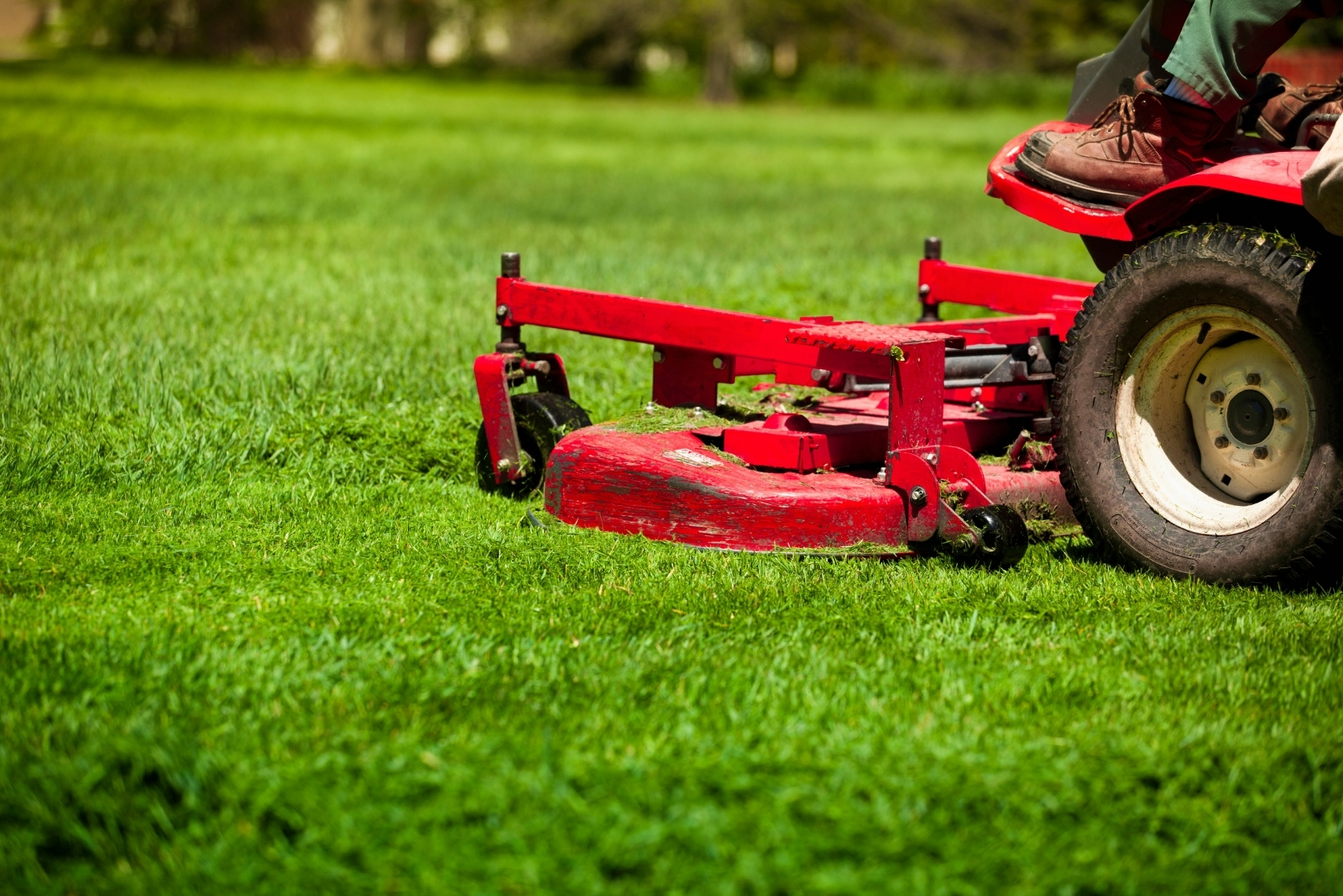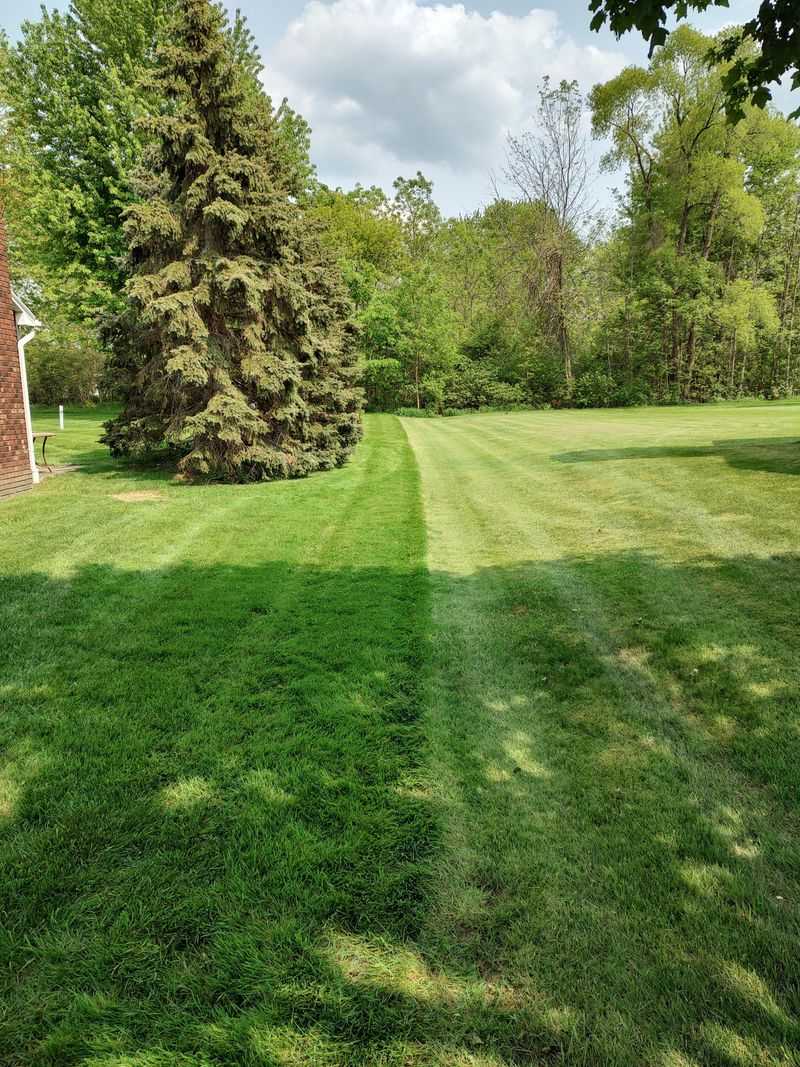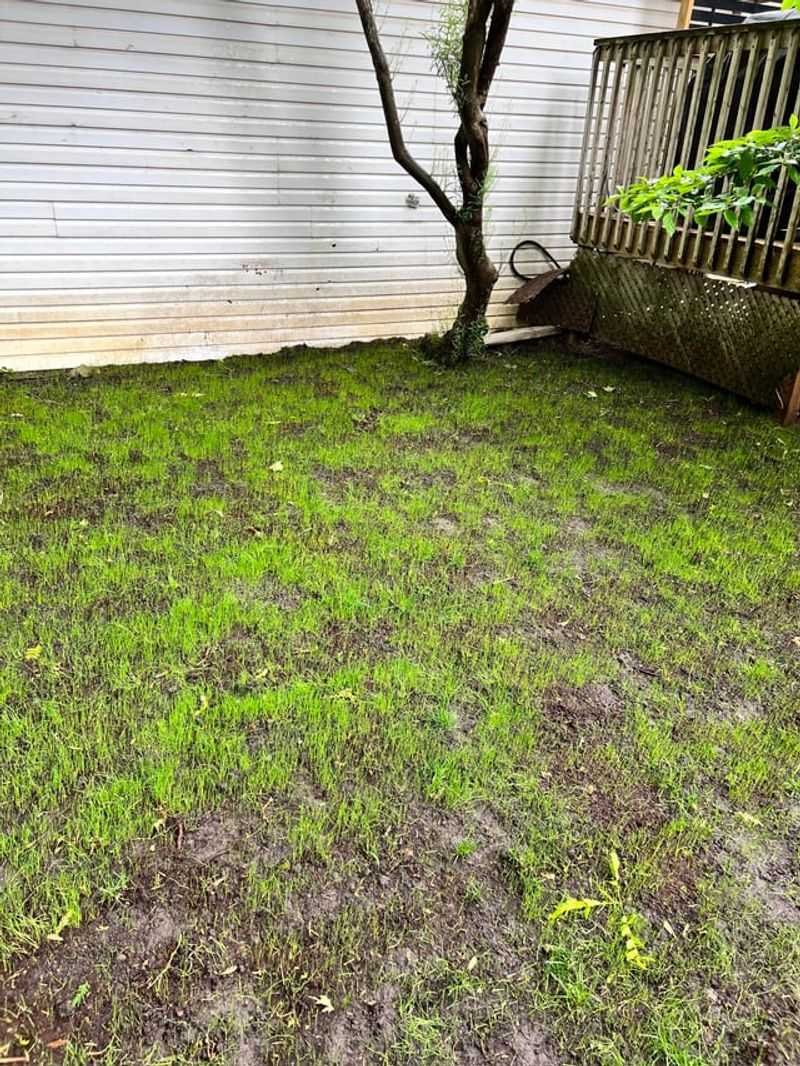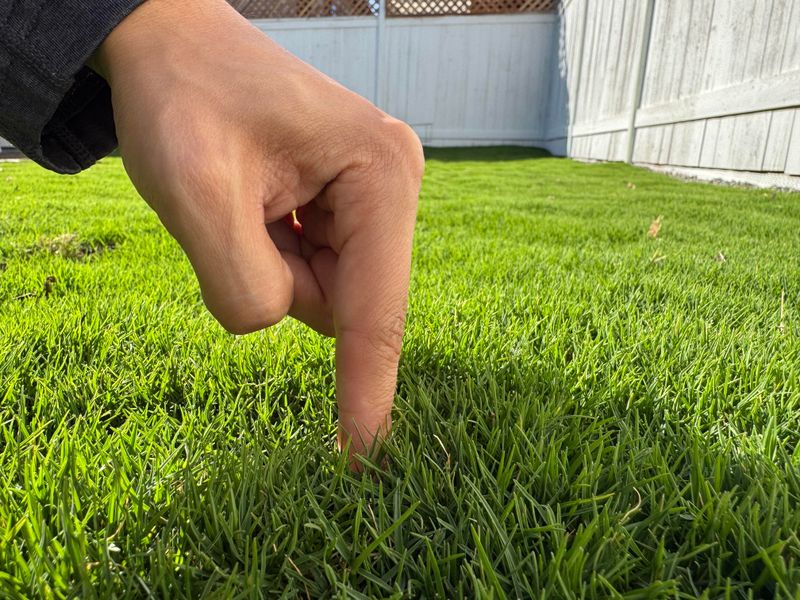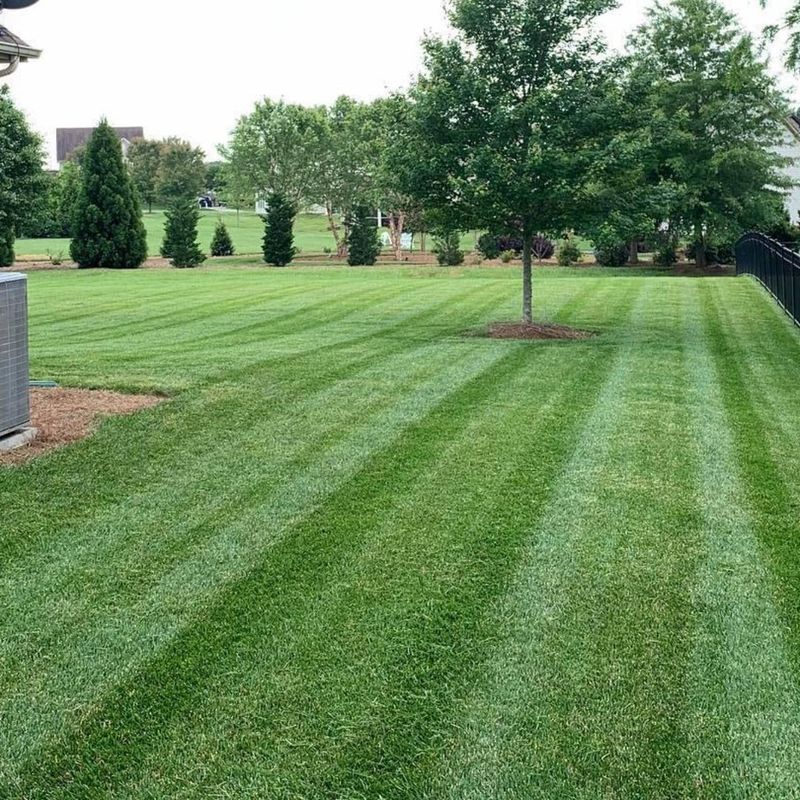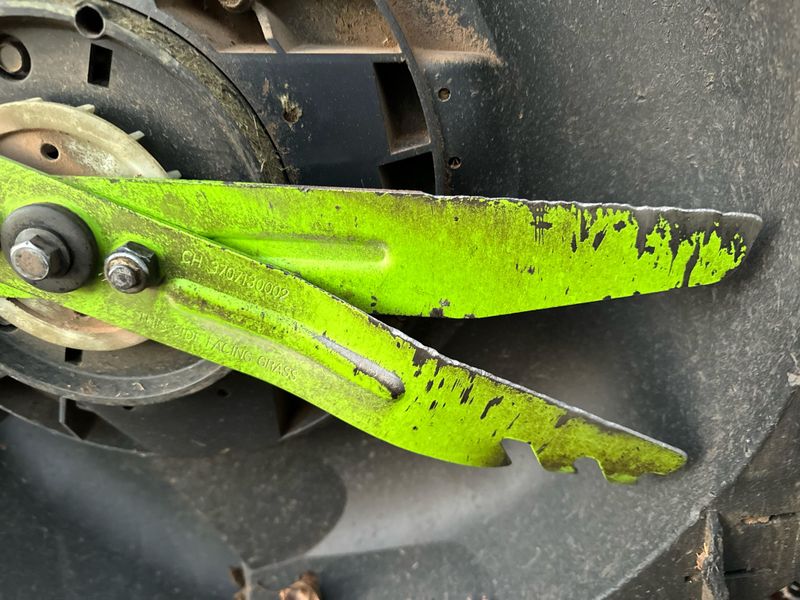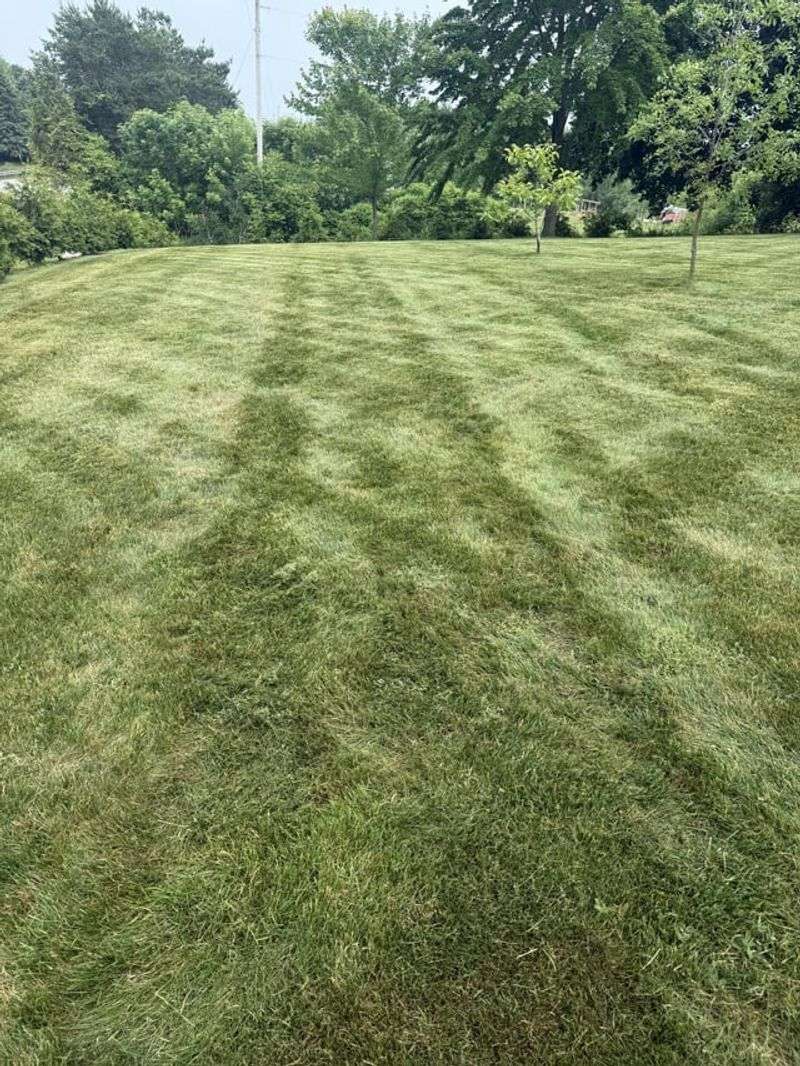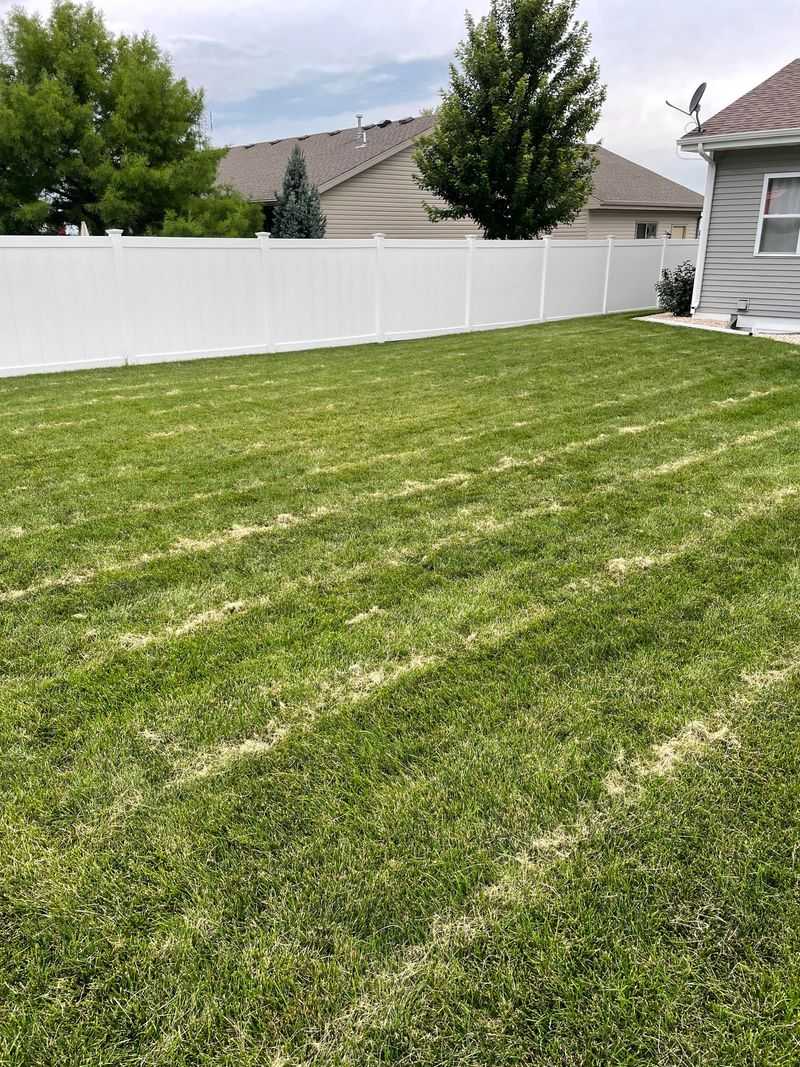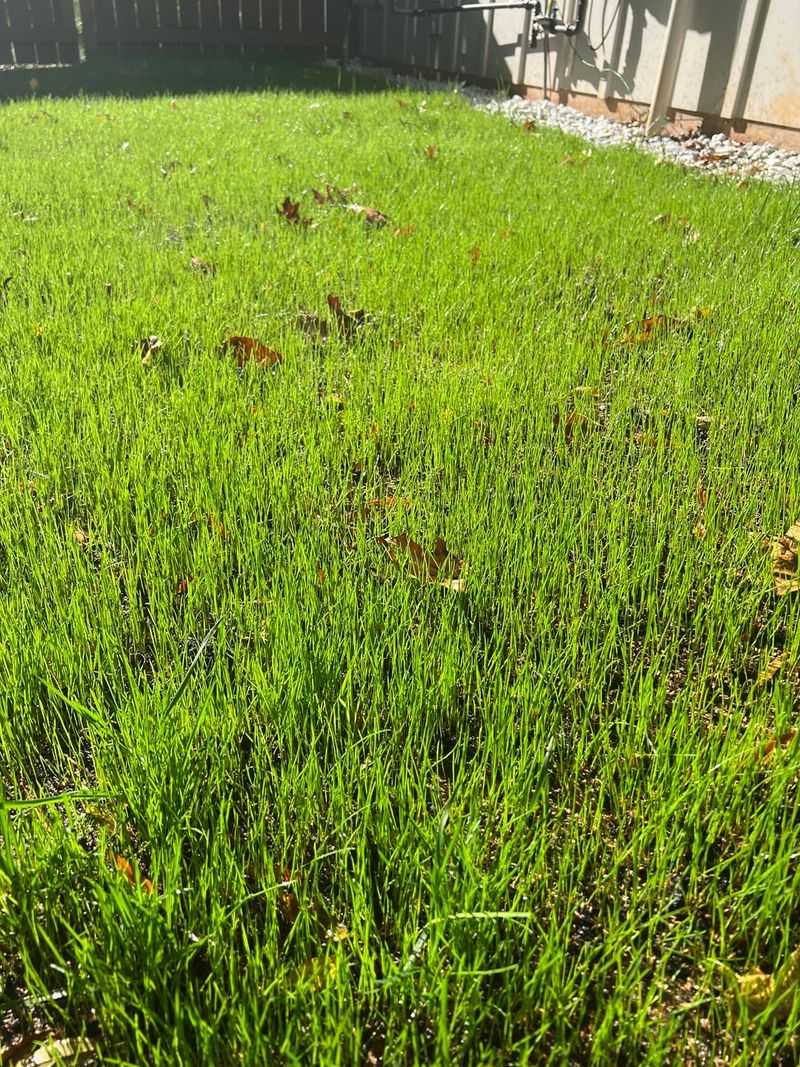Wisconsin lawns might look like they’re winding down in October, but they still need care. Cool days mean slower growth, but that doesn’t mean skipping the mower.
How you handle this last stretch can set the stage for spring success. Here are eight helpful mowing rules to keep Wisconsin lawns in great shape.
1. Keep Your Mower Blade Height at 2.5 to 3 Inches
Grass that gets cut too short becomes weak and struggles to survive Wisconsin winters. Keeping your blade set higher allows the roots to grow deeper and stronger.
Taller grass blades also capture more sunlight, which helps your lawn store energy before the freeze. Most Wisconsin homeowners make the mistake of scalping their yards in fall, thinking shorter is better.
Actually, maintaining proper height protects the crown of each grass plant from harsh weather ahead.
2. Mow When Grass Is Dry, Not Wet
Wet grass clumps together and clogs your mower, creating uneven cuts across your Wisconsin lawn. Morning dew and October rain showers are common, so timing matters more than you might think.
Waiting until afternoon when grass dries out completely gives you cleaner results. Wet clippings also stick to mower decks and can spread fungal diseases throughout your yard.
Dry conditions make the job easier and healthier for your grass as temperatures drop across the state.
3. Continue Mowing Until Growth Stops Completely
Many Wisconsin residents put their mowers away too early, assuming October means the end of lawn care season. Grass keeps growing as long as temperatures stay above freezing and moisture is present.
Your lawn might need two or three more cuts this month depending on weather patterns. Stopping too soon leaves grass too long, which can mat down under snow and develop disease.
Pay attention to growth rates rather than calendar dates for best results.
4. Leave Grass Clippings on Your Lawn
Those clippings you usually bag actually contain valuable nutrients your Wisconsin soil needs before winter. Grass clippings decompose quickly and return nitrogen back into the ground naturally.
This free fertilizer helps strengthen roots during the dormant season ahead. Bagging removes these nutrients and creates extra waste you have to dispose of somewhere.
Let clippings fall where they may, and your lawn will thank you when spring arrives with thicker, greener growth.
5. Sharpen Your Mower Blade Before Final Cuts
Dull blades tear grass instead of cutting it cleanly, leaving ragged edges that turn brown and invite disease. October is perfect timing to sharpen your blade since you are near the end of mowing season in Wisconsin.
Sharp cuts heal faster and help grass enter winter dormancy in better condition. You can sharpen blades yourself with a file or take them to a hardware store.
Clean cuts make all the difference in lawn health throughout the cold months.
6. Adjust Your Mowing Pattern Each Time
Mowing the same direction every time creates ruts and compacts soil in wheel tracks across your Wisconsin property. Grass also starts leaning in one direction, making your lawn look uneven and worn.
Changing your pattern each mowing session encourages upright growth and distributes weight more evenly. Try diagonal, horizontal, or vertical stripes to keep things interesting.
Your grass develops stronger stems when it grows straight up instead of constantly bending one way throughout October.
7. Remove Excess Leaves Before Mowing
Thick leaf layers smother grass and block sunlight your Wisconsin lawn needs to prepare for winter dormancy. Rake or blow leaves into piles before you start mowing in October.
A light layer of leaves can be mulched with your mower, but heavy coverage creates problems. Smothered grass turns yellow and weak, making it vulnerable to winter damage and disease.
Keeping your lawn visible under autumn leaves ensures it stays healthy and strong through the coming cold season.
8. Avoid Mowing Frozen or Frosted Grass
Frozen grass blades break instead of bending, causing serious damage to your Wisconsin lawn when you mow over them. October mornings often bring frost that makes grass stiff and brittle.
Walking or mowing on frosted grass leaves brown footprints and tire tracks that take weeks to recover. Wait until temperatures rise above freezing and frost melts completely before cutting.
Patience protects your grass from unnecessary stress during this transitional season when plants are already preparing for winter dormancy.

